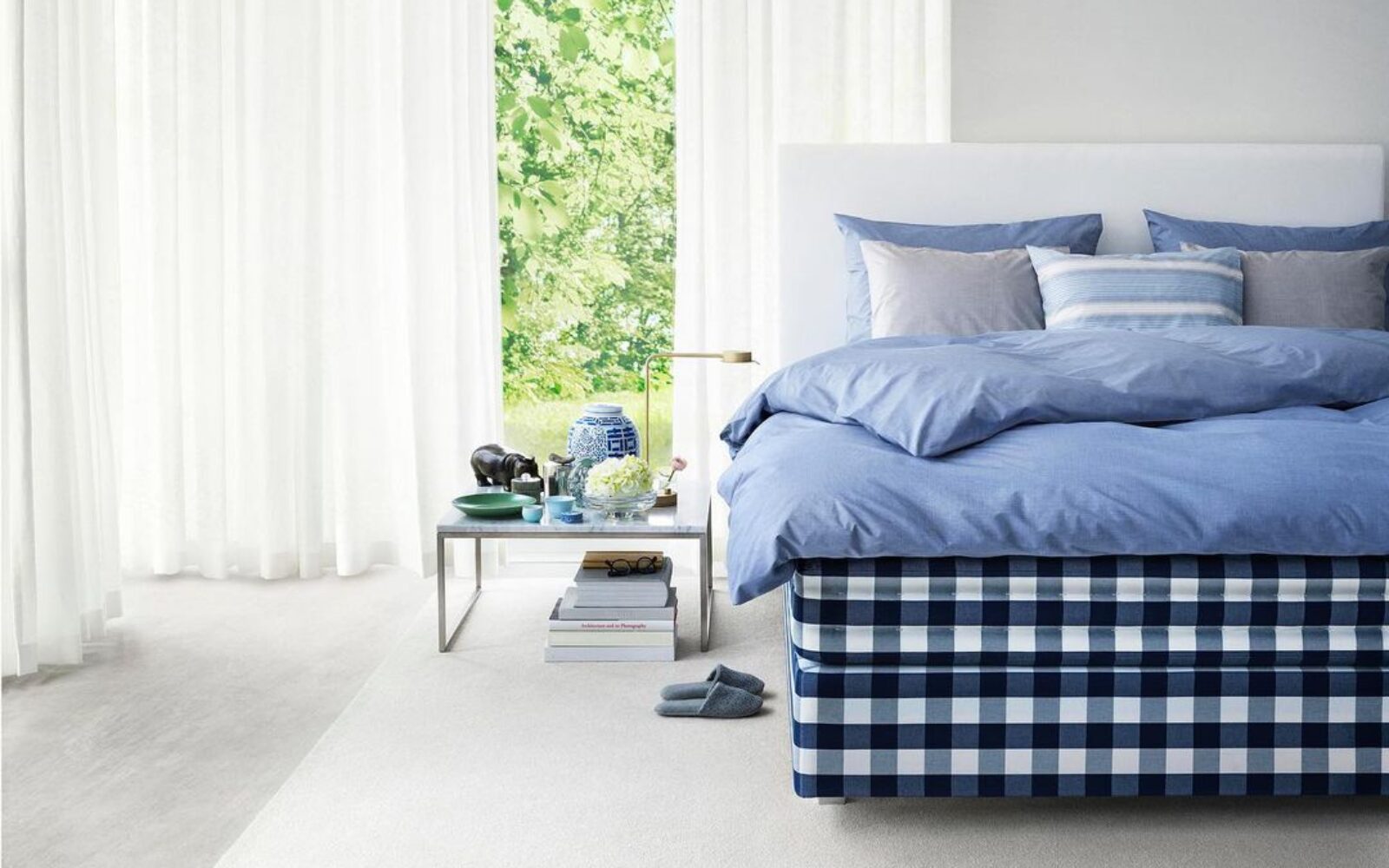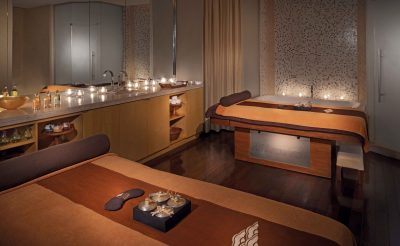Hästens is known the world over for its ultra-luxurious beds and commitment to wellness. Here, the Swedish brand shares ten tips for your best sleep ever
The festive season is the busiest time of the year; a bustling social calendar, work commitments and visiting relatives means a good night’s sleep is almost impossible to come by. Thankfully, the experts at Hästens are on hand to help.
Hästens, the ultra-luxury leading Swedish brand recognised for making the best handcrafted beds in the world, believe that sleep is the foundation for our entire wellbeing – a sometimes overlooked luxury. World-renowned sleep specialist and Hästens spokesperson Dr Michael Breus is sharing 10 steps to achieve better sleep. For a more personalised sleep consultation, Dubai residents can head to Hastens’ flagship store in Dubai where a dedicated sleep expert will share more about the factors that affect the quality of their sleep and the steps they can take to achieve a better quality of life.
View this post on Instagram
Step 1: Allow Yourself at Least 7 to 10 Hours of Sleep
Like nature’s clock, having a consistent bedtime and wake-up time, even on the weekends, is one of the most important steps to enjoying a perfect night of sleep. This step is vital because it helps set the rhythm of your body’s circadian cycle. When you wake up and open your eyes, the light that is coming in resets the circadian cycle every single morning. As you do this consistently, you are programming your brain to know what to do and when to do it every single day. Decide to stick to one sleep schedule seven days a week, and you’ll be well on your way to improving the way you sleep.
Step 2: Consider Dr Breus’ Wind Down Technique – “The Power Down Hour”
Set an alarm on your phone for about 1 hour before bed. Then when it goes off, go plug it in for the night, and break up that hour into three 20-minute segments. 20 minutes for things you must get done before tomorrow, 20 minutes for hygiene, and 20 minutes for some type of meditation, relaxation or prayer, to help clam your brain down and get ready for lights out.
View this post on Instagram
Step 3: Avoid Caffeine By 2:00 PM
You might feel the need to reach for the pot of coffee when the afternoon slump hits around 2:30 PM but following that practice could impact the quality of your sleep. Remember, the effects of caffeine lasts six to eight hours, so stopping caffeine by 2:00 PM is important if you’re planning a bedtime that’s around 10:00 P.M or earlier. Did you know that an 8 oz cup of coffee has around 100 mg of caffeine? So, having a cup of coffee at 4:00 PM means you still have 50 mg of caffeine in your system at 10:00 PM!
Step 4: Get Sunlight and Hydrate in the Morning
Sunlight stops the release of melatonin in your brain. Melatonin is the natural hormone that regulates sleep. Sunlight helps the brain and body to wake up, setting the pace of your circadian cycle. Within the first 30 minutes after you wake up, drink at least one glass of cool (never cold) water to hydrate your system. Walk outside or open a window to get some direct sunlight.
Step 5: Exercise Regularly
Getting exercise during the day will help strengthen your circadian cycle, promote daytime alertness, and even help you feel sleepy when it’s time to turn out the lights. However, avoid intense physical activity before bedtime, because intense physical activity can raise your body temperature and disrupt sleep. When possible, give you time to relax before bed.
View this post on Instagram
Step 6: Cool Your Room to Between 18c and 22c at Night
Your sleep cycle follows your body temperature cycle. In the evening, your temperature falls. This drop is a signal to your brain that it is time to sleep. Sleeping in a cooler environment encourages this process, helping you get to sleep quicker and easier.
Step 7: Avoid Blue Light at Nighttime
Blue light emitted by electronic devices like cell phones, TVs, and computers block your brain’s production of the hormone melatonin. Too much exposure to blue light around bedtime will disrupt you sleep. If you can’t avoid screens late at night, use blue light-blocking glasses for two to three hours before you go to sleep.
Step 8: Practice Meditation Before Bedtime
Practicing meditation before bedtime is one of the best practices to getting your mind and body relaxed and ready for sleep. If you have never tried meditation before, we, at Hästens, have plenty of resources available in the RESTORE App. Breathing meditation, progressive muscle relaxation and guided meditation soundtracks in the RESTORE App are great choices that many people are using today.
View this post on Instagram
Step 9: Get Tested for Sleep Apnea
Sleep apnea is a fairly common sleep disturbance, and roughly 70 per cent of people with sleep apnea go undiagnosed. When it comes to getting all the benefits that sleep has to offer, it’s not just about how many hours you spend asleep, but what’s happening during those hours. If you are not waking up feeling rested, consider looking into a sleep study to see if sleep apnea is an issue for you.
Step 10: Ask Your Doctor About Supplements for Sleep
There are a number of supplements that could help you improve the way you sleep throughout the night. Consider talking to your healthcare provider about the various nutritional supplements that may help you with sleep. As an example, some people may benefit from magnesium and melatonin. Hastens.com
Read Next: How To Fake Eight Hours Of Sleep Even When You’re Feeling Like A Total Zombie





